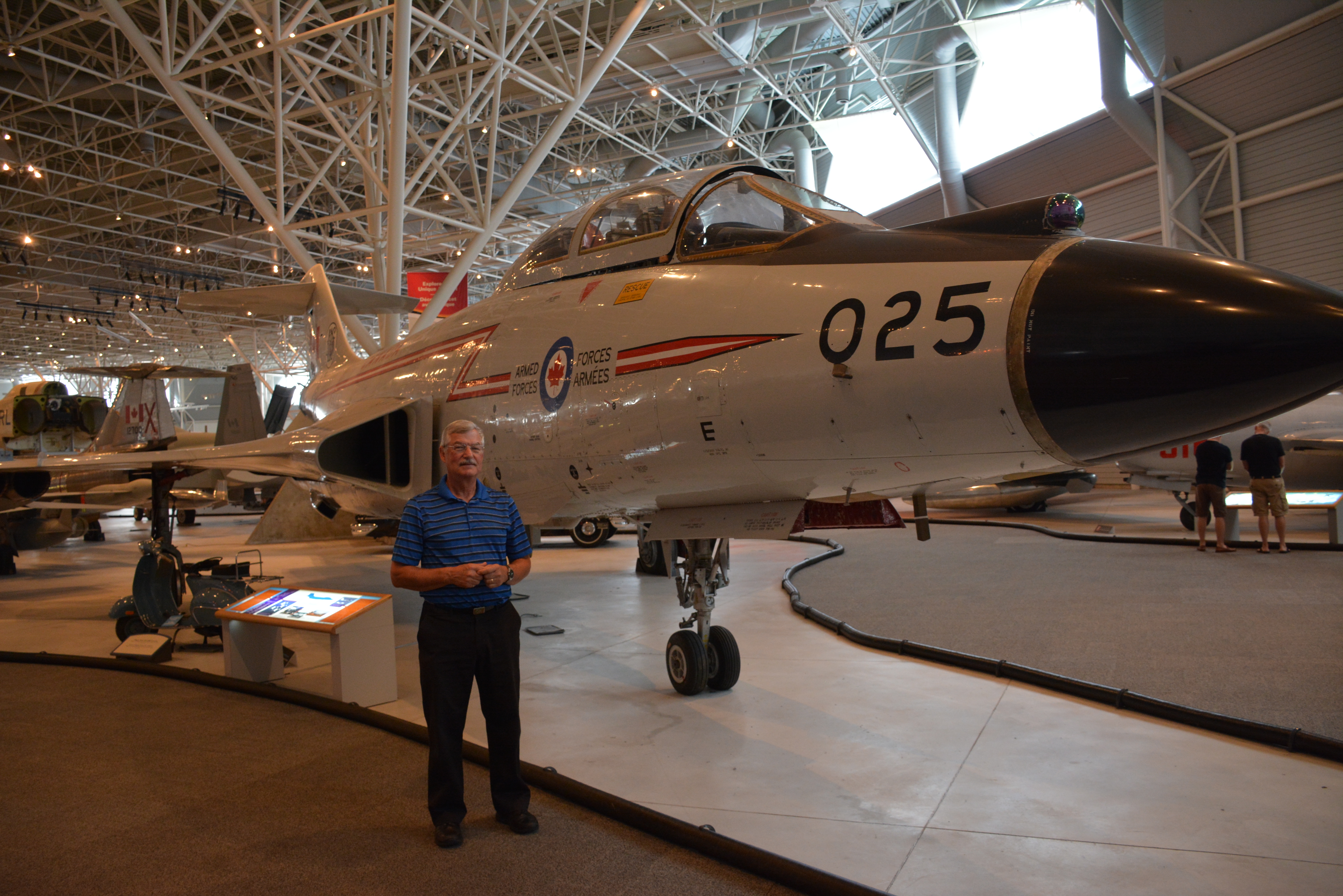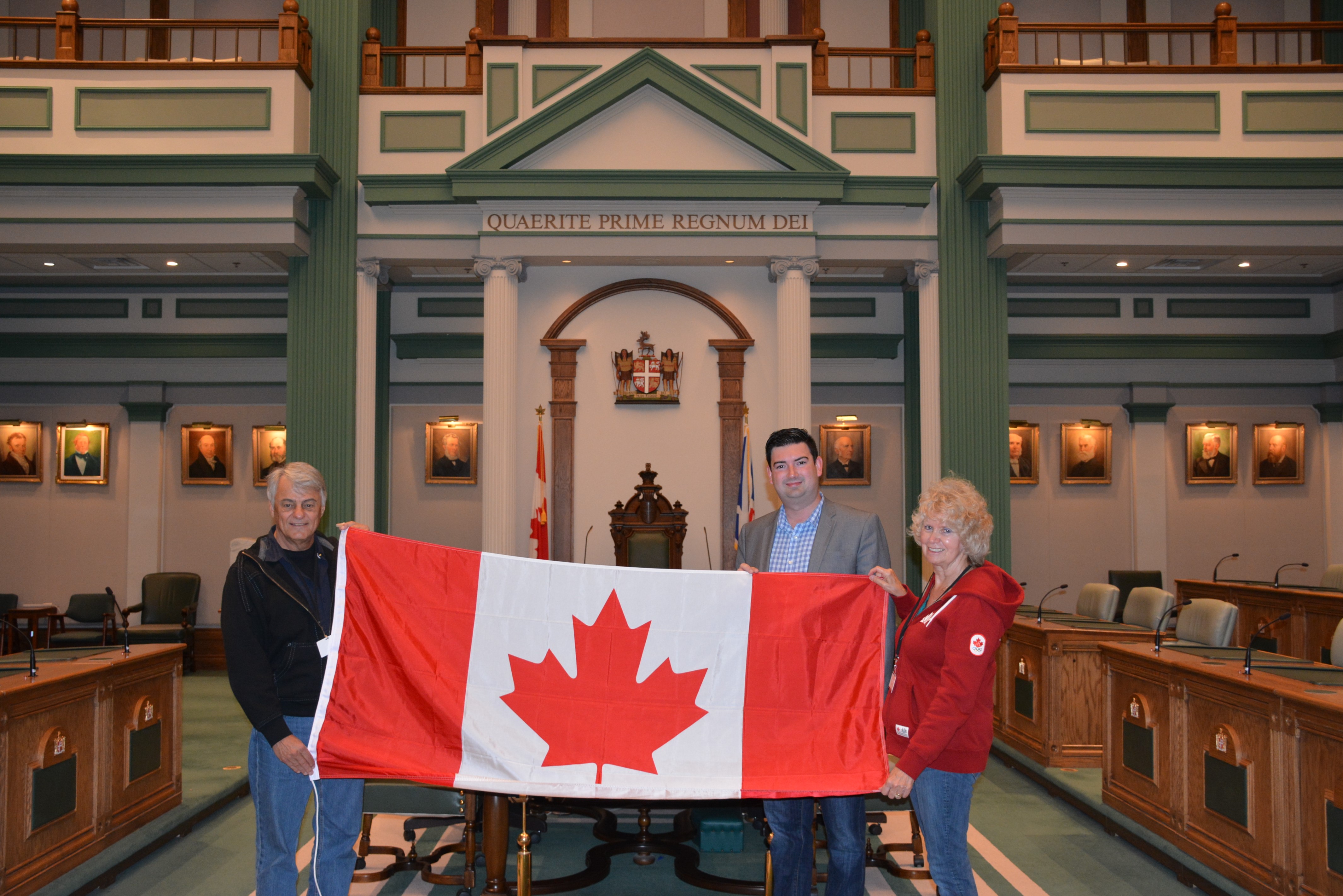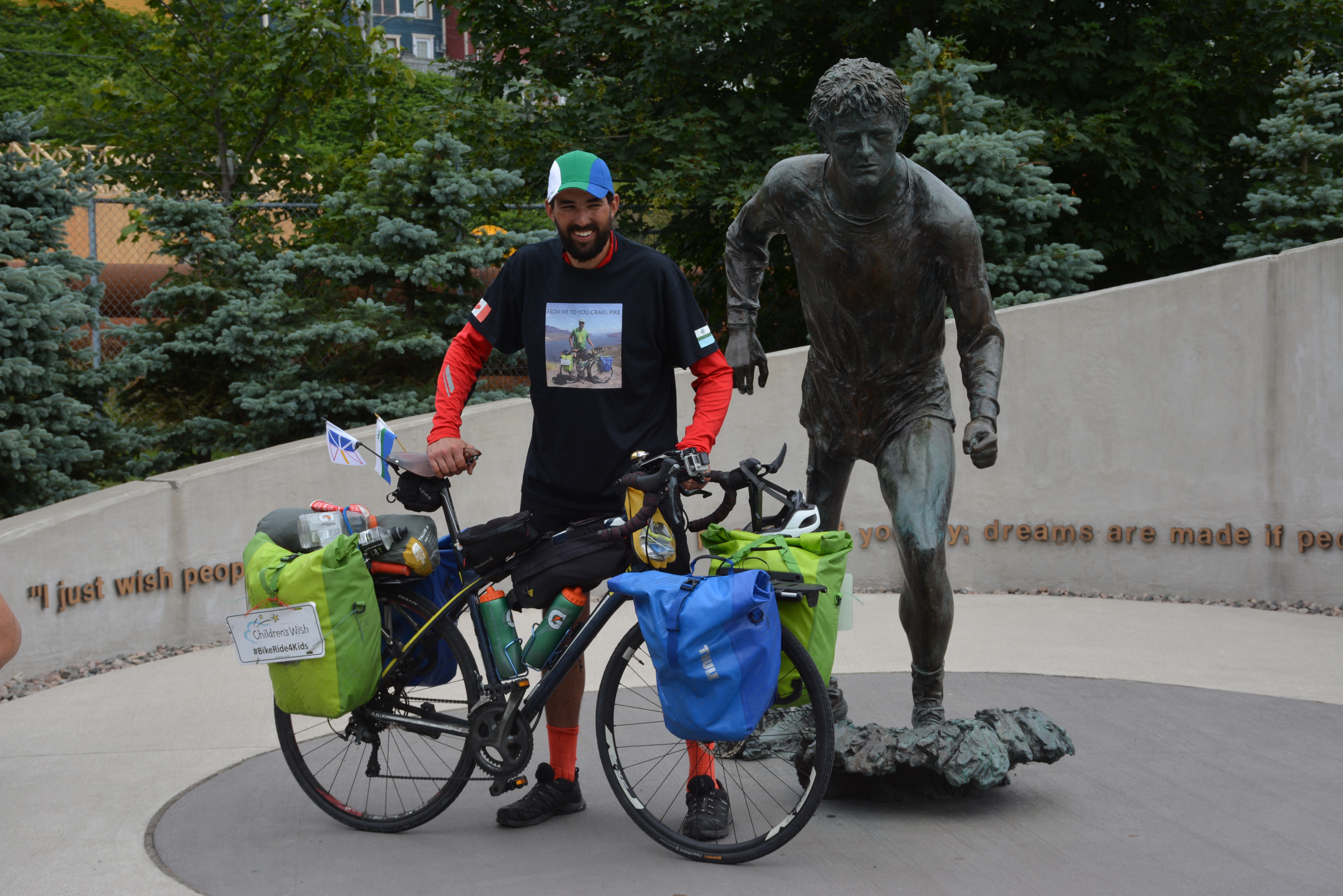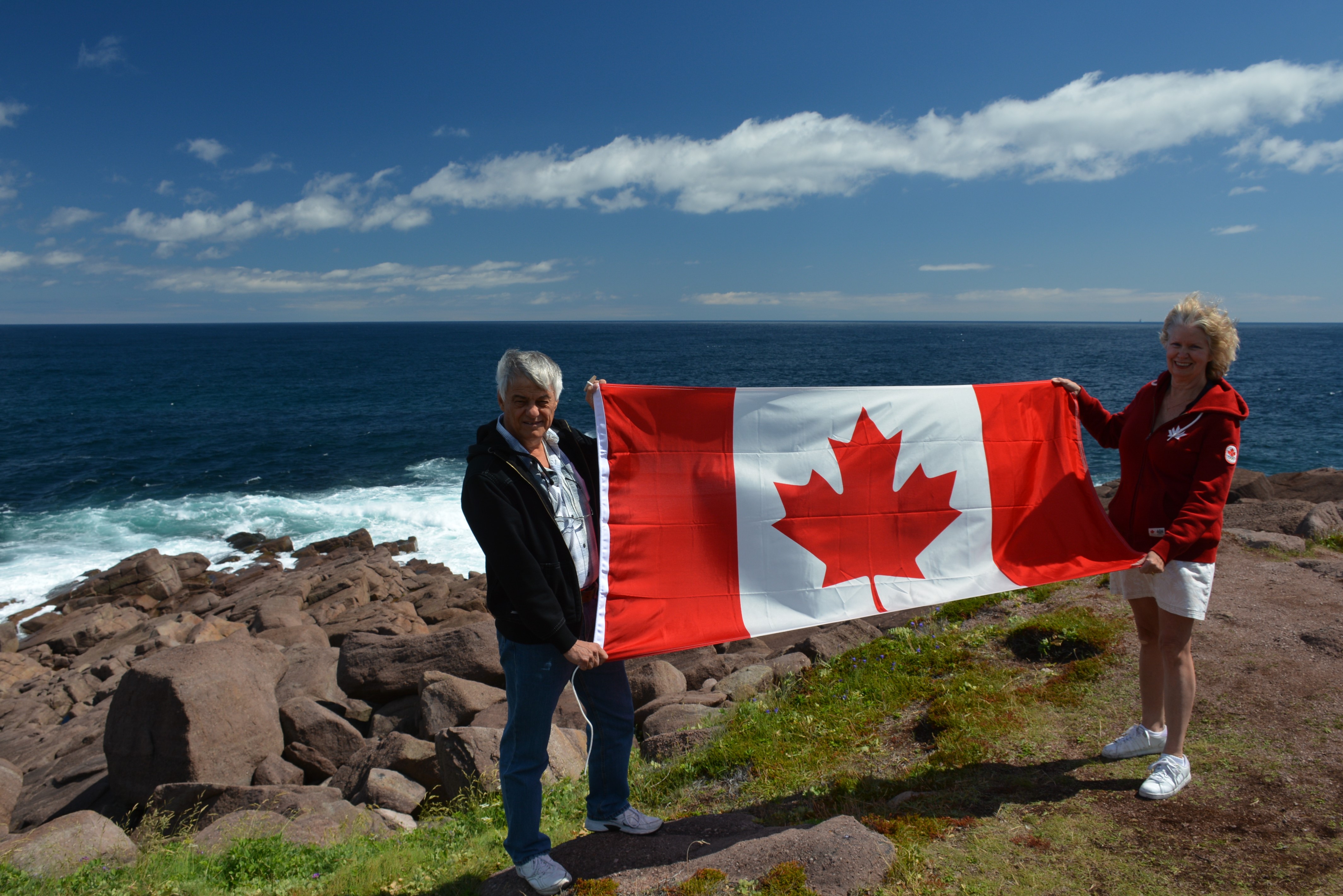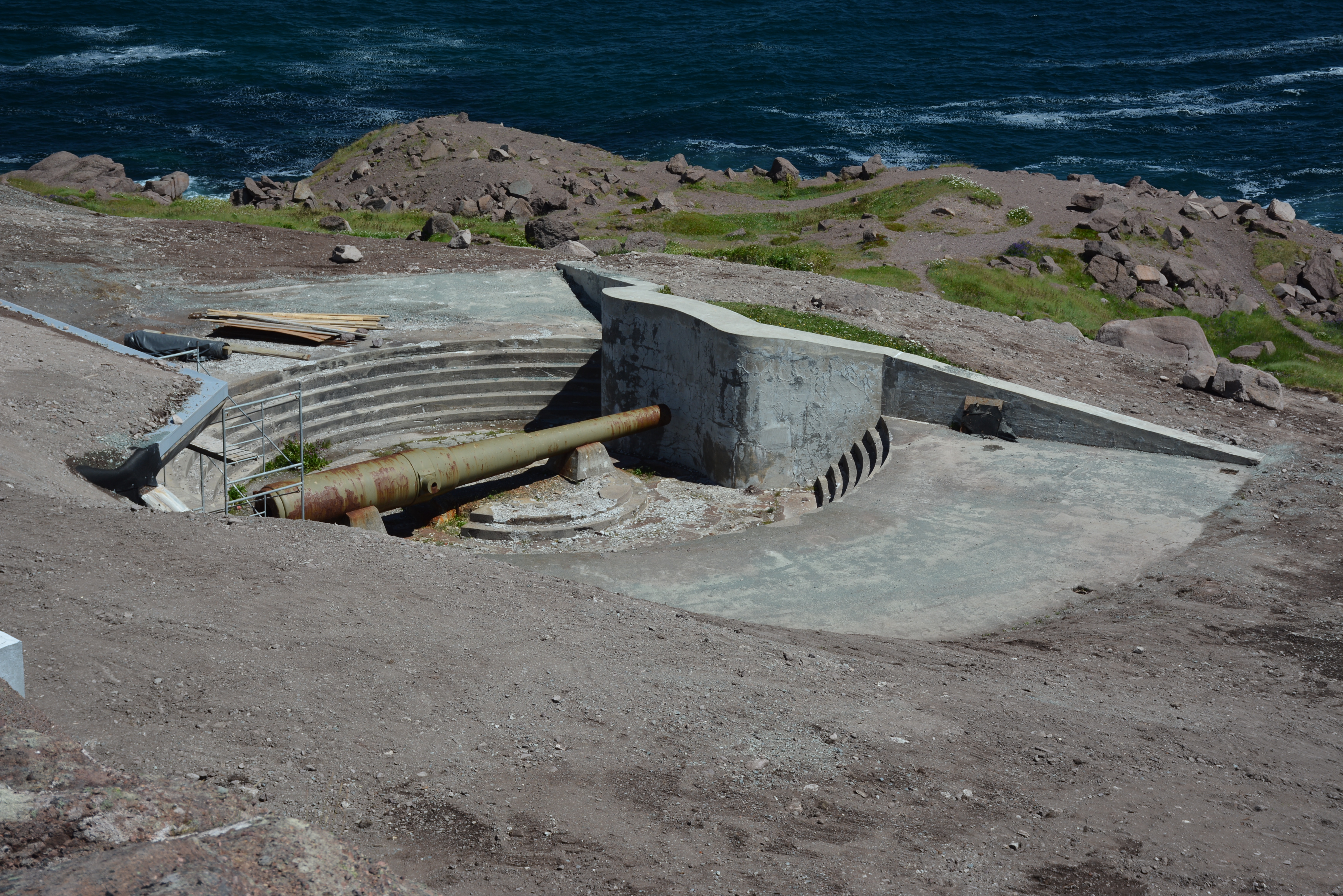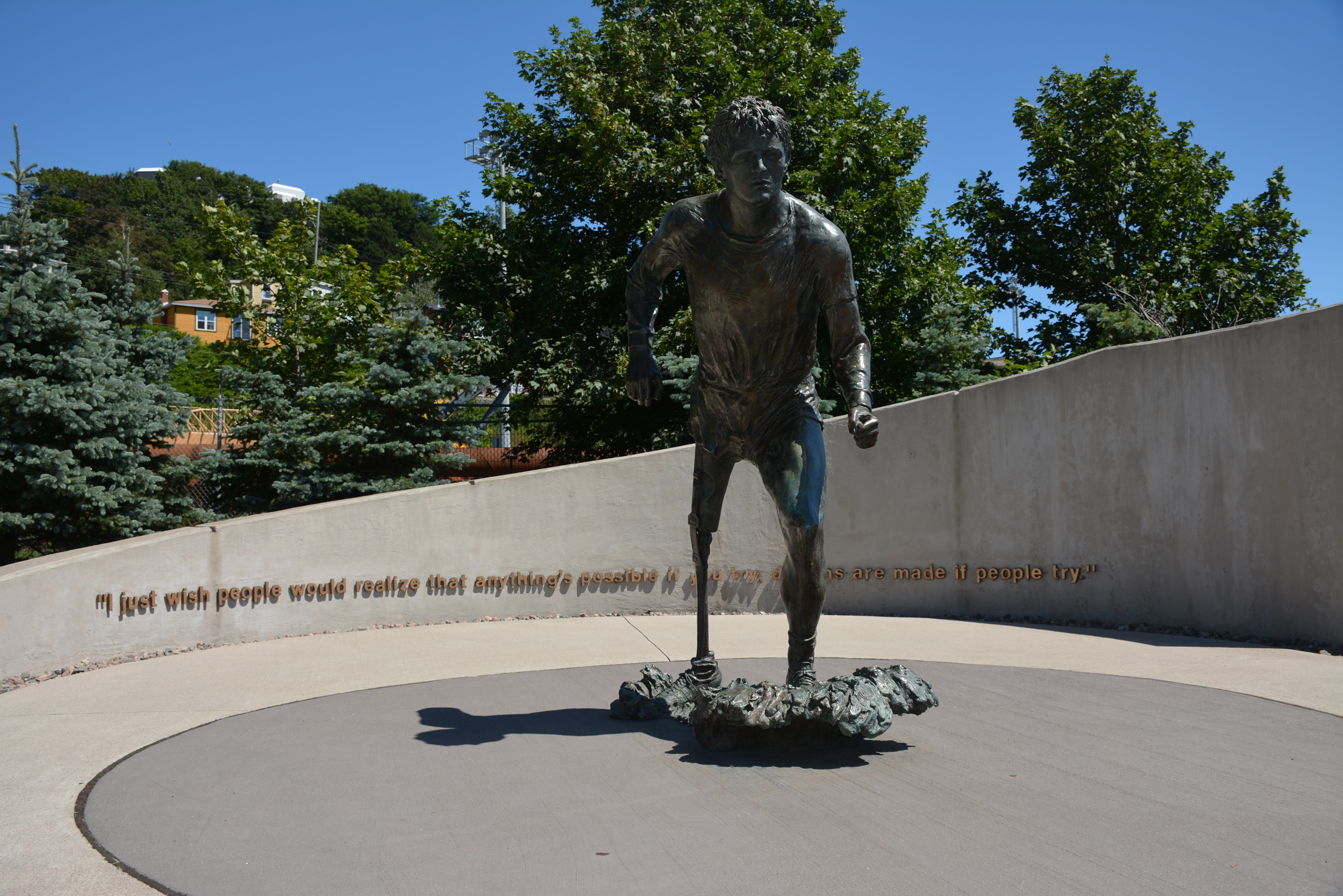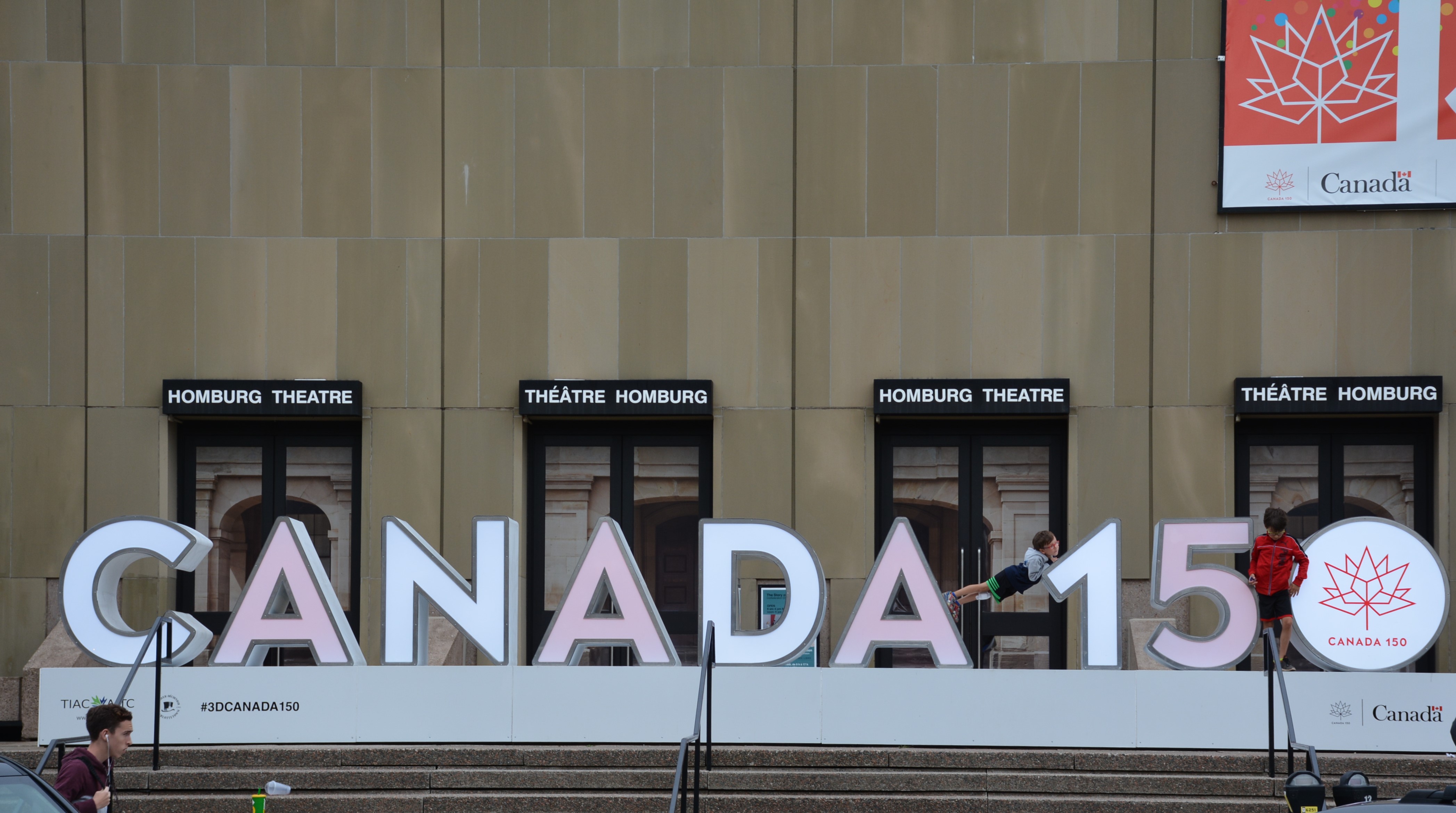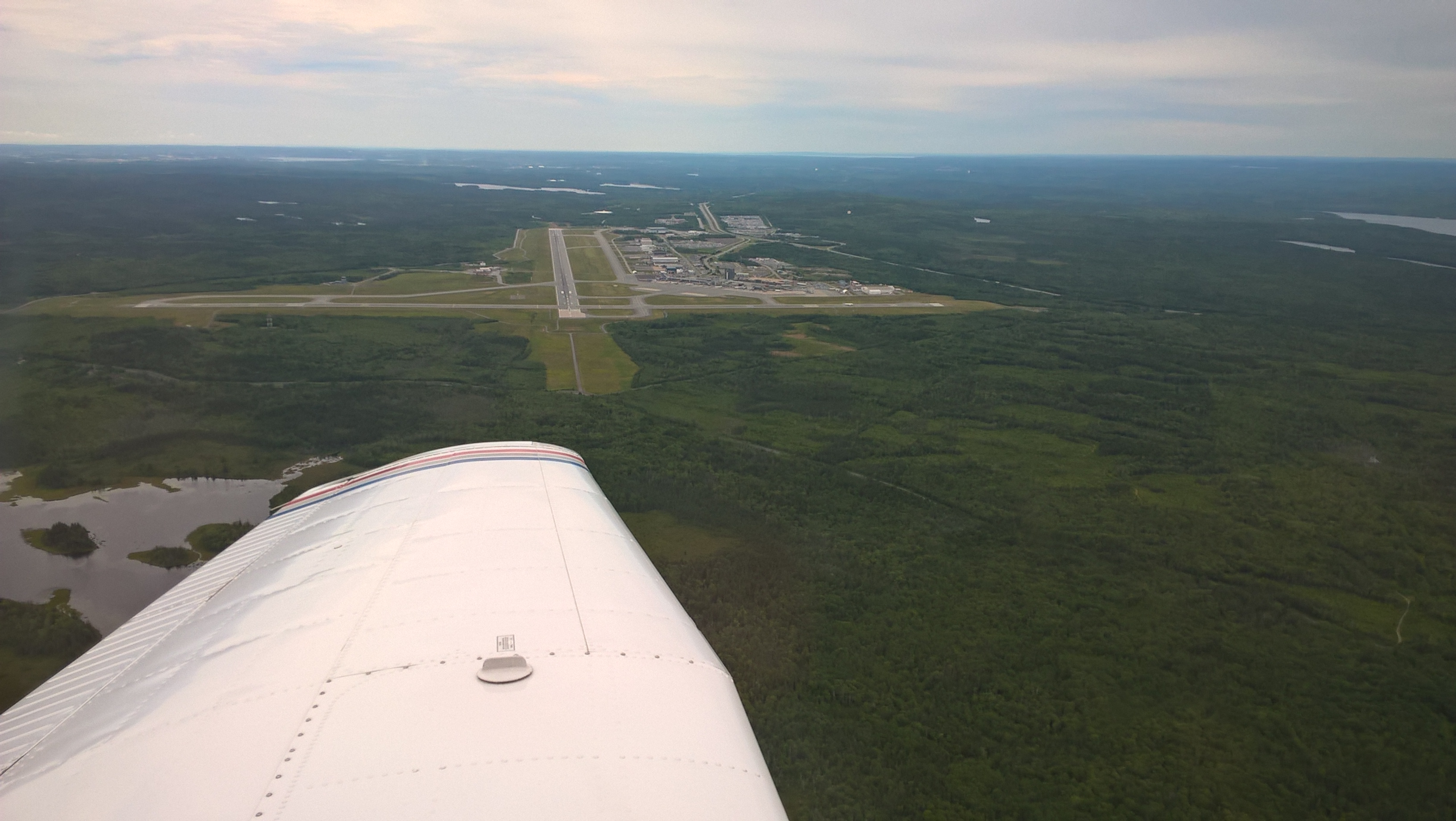Using my iPad and ForeFlight I had a good appreciation of the weather on our planned route to our final eastbound destination of St. John’s, Newfoundland. A phone call to the Flight Information Centre in St. John’s was in order. With changes in policy and procedures with Nav Canada, my phone call was routed to Ontario and I ended up talking to a briefer in London, Ontario.

The weather was very good for our departure from Charlottetown and our arrival in St. John’s. There was some weather enroute that wouldn’t likely present a hazard for our flight.
We had planned to stop along the way at a small airport off the south coast of Newfoundland. There are a couple of islands that are part of France; the islands of Saint Pierre and Miquelon. They are officially the Overseas Collectivity of Saint Pierre and Miquelon, and are a self-governing territorial overseas collectivity of France. So the plan was to fly across the Atlantic Ocean to France!

A check of the NOTAM for Ile-Saint-Pierre airport showed that due to construction on their only runway 08/26, the airport was available only for aircraft based at the airport, Search and Rescue aircraft, and MEDEVAC aircraft. Since this airport is actually regulated by France, the runway distances and displaced threshold distance is in metres instead of feet. Well, we were out of luck for this airport and somewhat disappointed since we had hoped that this stop would be one of the many highlights of the journey.

So a pilot has to assess the risks in aviation at all times. This leg would be across a significant stretch of cold Atlantic water. If there was an engine failure near either shore the aircraft could glide to a landing somewhere; probably crash but would still be dry and perhaps reachable by a ground rescue party. If there was an engine failure in the middle of the strait the aircraft could not reach either shore and would crash in the cold Atlantic.

One thing that made the decision a little easier to fly across the s trait was the small island about one third the way from Cape Breton to Port aux Basque; St. Paul Island. With that in mind the risk was reduced to about a 10 to 15 minute window where gliding to a dry landing would not be possible.
trait was the small island about one third the way from Cape Breton to Port aux Basque; St. Paul Island. With that in mind the risk was reduced to about a 10 to 15 minute window where gliding to a dry landing would not be possible.
We filed an IFR flight plan from Charlottetown to St. John’s at a cruise altitude of 9,000 feet. From Charlottetown it was on Victor airway V300 to a point where the airway met the coast of Cape Breton, then across the Cabot Strait to UMETI intersection near Port aux Basques. From there along the south coast of Newfoundland direct to St. John’s.

After topping up the fuel tanks and a careful pre-flight inspection we were soon airborne climbing to 9, 000 feet for our flight that should take a little over three hours. After passing the northern tip of Cape Breton Island I requested and was cleared to 11,000 feet. That altitude gave us a little better comfort crossing the Cabot Strait.

Here we are in cruise at 11,000 feet over the Cabot Strait.

Along the south coast of Newfoundland there was some cloud cover as anticipated so we climbed to 13,000 feet for a smoother ride.
Newfoundland is noted for its place names sometimes being a little different than the rest of Canada. Our route had us cross the north-west arm of the Avalon Peninsula where Highway 80 passes through the town of Cavendish, with the village of Hearts Delight to the north and the village of Dildo to the south.
The clouds dissipated as we got closer to St. John’s and were cleared for a visual approach to Runway 16, following an Air Canada A320 well in front of us. It was quite turbulent on short final for runway 16, however, we landed, taxied in and parked at PAL Aviation Services, the Shell AeroCentre.

We made it!
July 1st we were on the west coast in Victoria, British Columbia, looking out on the Pacific Ocean and today, July 29th, we were on the east coast in St. John’s, Newfoundland, looking out on the Atlantic Ocean. The trip was safe and successful and went pretty much according to plan.
The staff at the AeroCentre was so very warm and welcoming providing suggestions for taxi and things to see in the local area. We had reservation at the Delta hotel and it wasn’t long we were on our way for a bit of R and R. After having lunch we checked out the ships along side at the harbour.

Valerie taking a break as Bob is taking more photos, again.

My father now has a boat named after him.

This one is named for my niece Tina.



